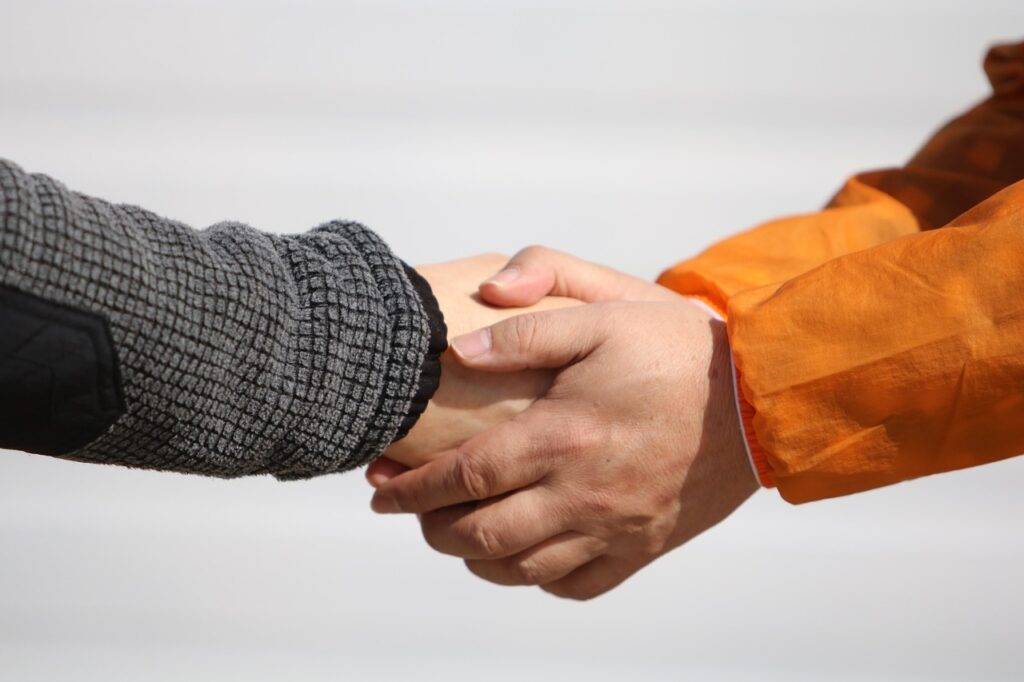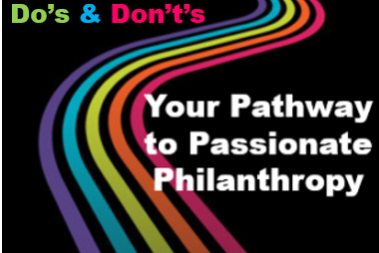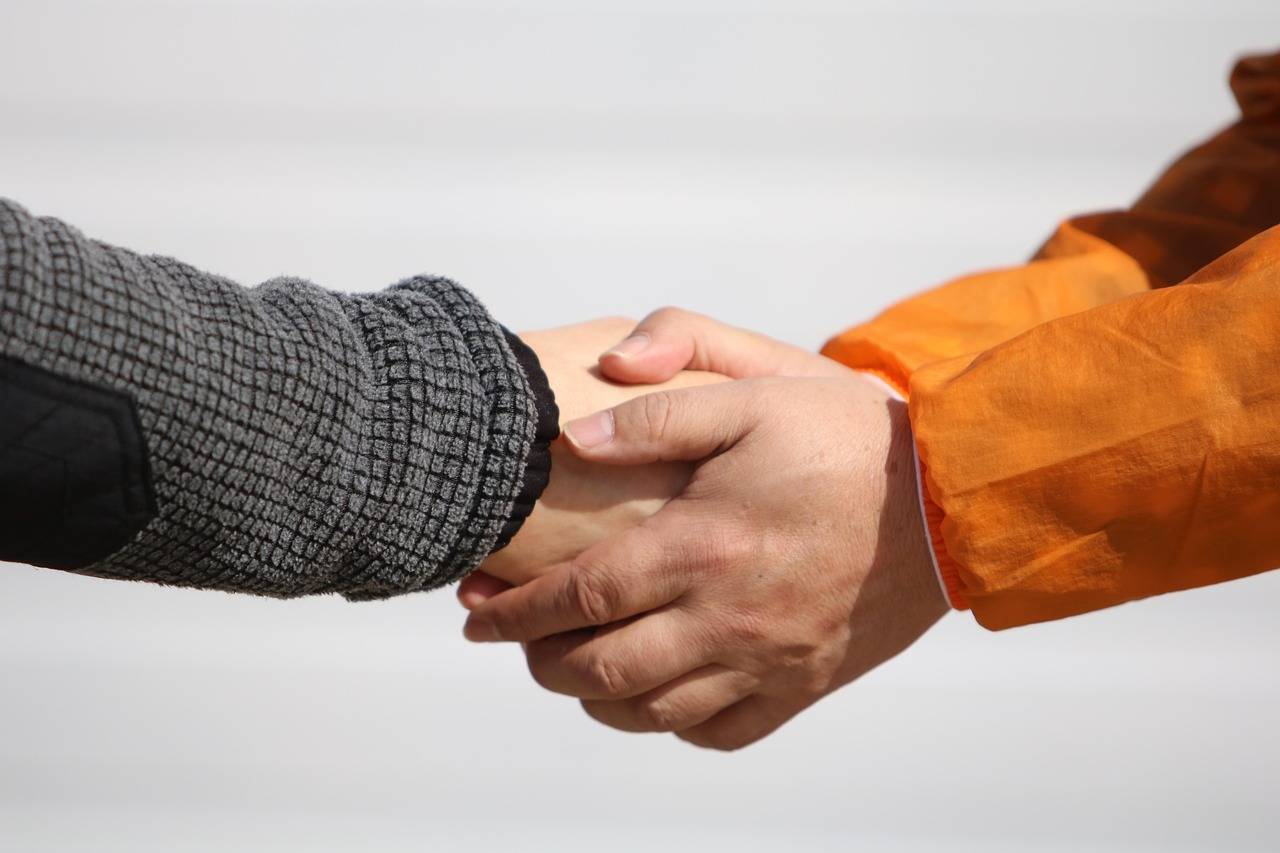
What makes an effective major donor solicitation?
I could just say (1) prepare, (2) prepare, (3) prepare, (4) prepare, (5) prepare, and (6) prepare.
Did I mention that you really need to prepare?
Preparation is the meta-message of Shark Tank’s “Mr. Wonderful,” Kevin O’Leary, to would-be entrepreneurs seeking to get spots – and funding – on the television show.
In “How to Present the Perfect Pitch: From the Shark Tank to the Boardroom” he offers 10 strategies to help you ace a fundraising presentation.
Whether you’re seeking venture capital or a philanthropic gift, many of the principles are the same.
I’ve selected six strategies I find perfectly aligned with what it takes to make a successful nonprofit ask. I’ve also suggested eight specific action tips. Take them to heart, and you’re sure to make your next in-person fundraising presentation a winner.
Oh, and there’s one more important thing, says O’Leary:
“The number-one rule is to make your pitch incredibly dynamic.”
Let’s do it!
Details




